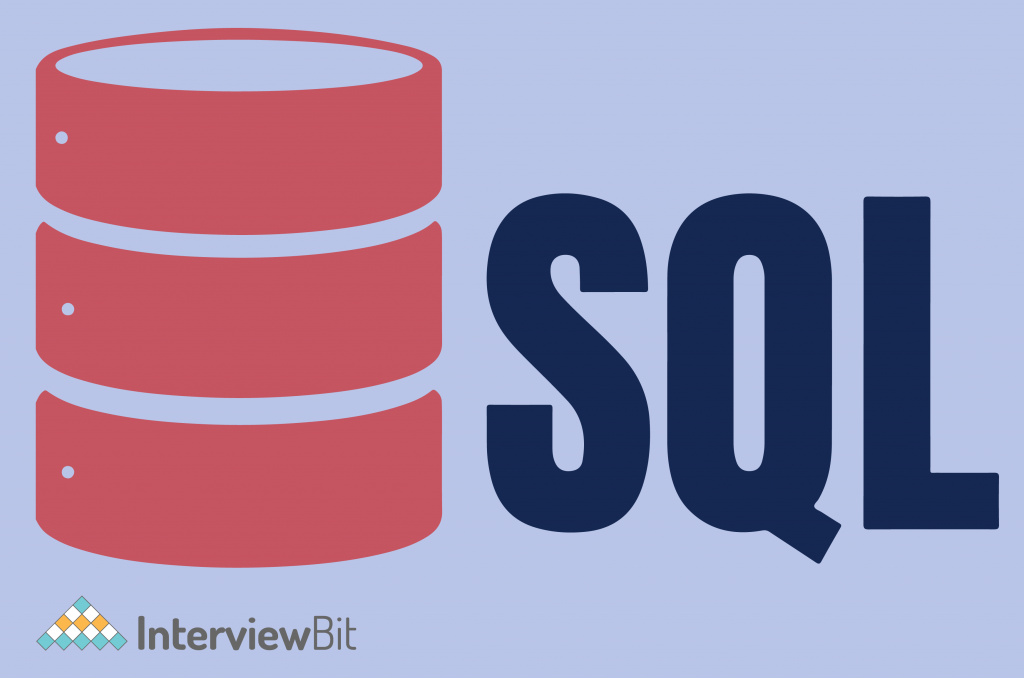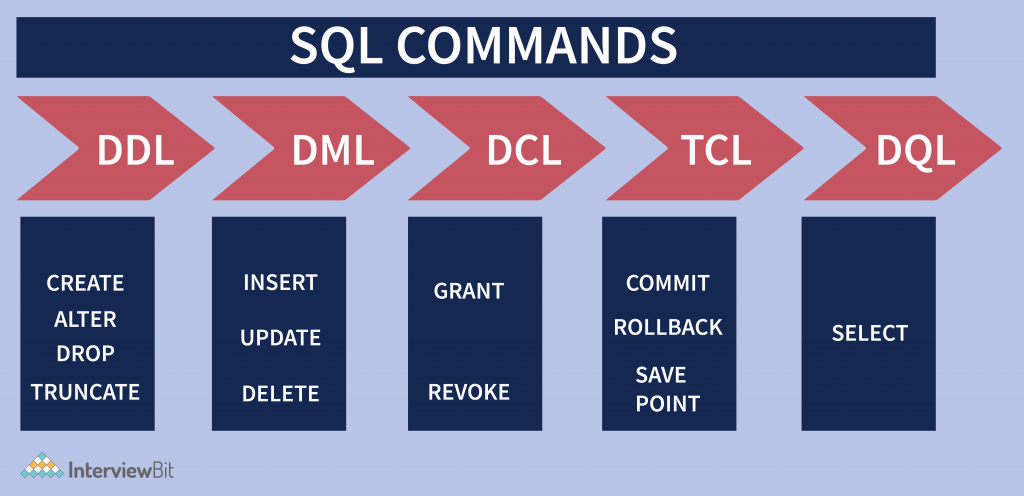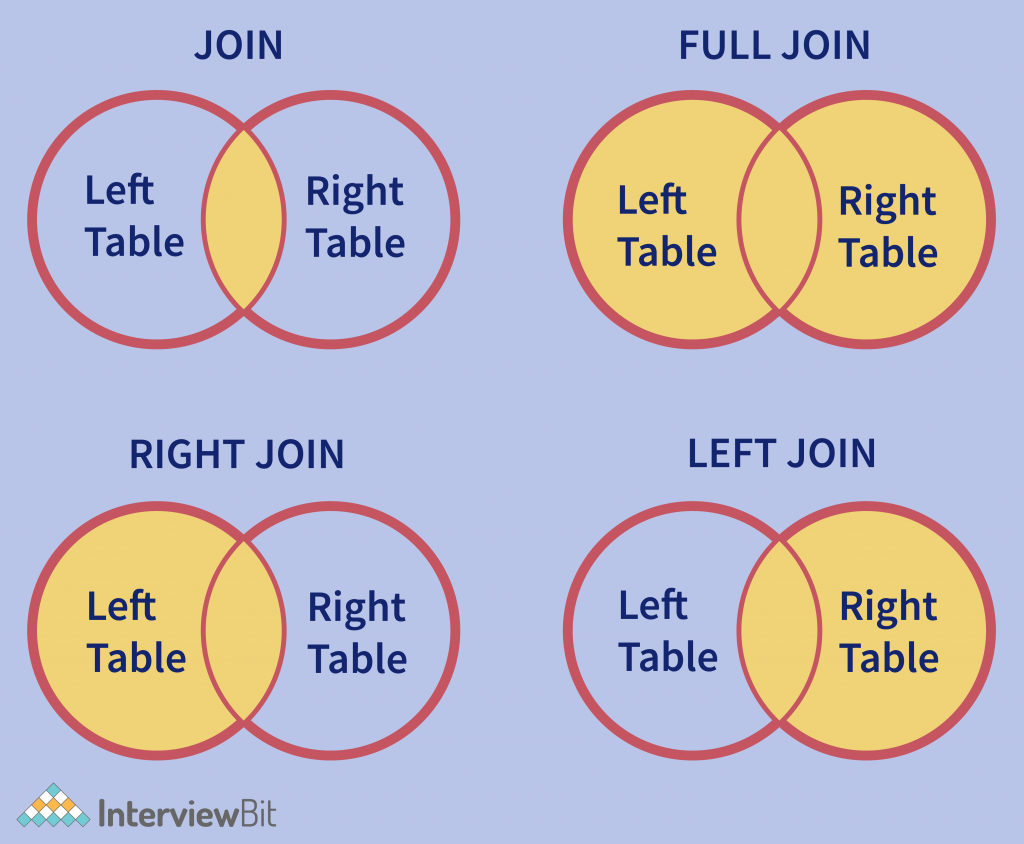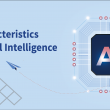Databases are the drivers of the modern world. They comprise organized data in rows and columns and act as the fodder of data for many organizations. Databases are the key to data organization for Fortune 500 companies and major government agencies alike. However, putting together a database is only half the battle. Working on large databases was not always so simple. In fact, it took years of research and hard work to arrive at this point where we can seamlessly work with large databases in an easy manner. SQL (Structured Query Language) is a database-specific Query language. IBM created it in the 1970s, and by the end of the decade, commercial versions were available. It allows you to retrieve, update, and manipulate data. In this blog post, we will attempt to discuss the characteristics of SQL.
What is SQL?

SQL is the standard database language used by almost every Relational Database Management System (RDMS) such as MySQL, MS Access, Oracle, Postgres, and SQL Server. SQL is a popularly used acronym for Structured Query Language. It is a computer language used to store, manipulate, and retrieve data from a relational database. SQL may do a variety of other tasks, including database optimization and maintenance. SQL is applicable to both relational and multidimensional databases. Furthermore, it is a declarative language, which is a way of structuring and constructing computer programs that express the logic of a process without detailing its control flow.
SQL has straightforward grammar and syntax. The American Standard National Institute (ANSI) and the International Standard Organization (ISO) recognized it as a standard language for use. The SQL language’s functionality is nearly identical across operating system platforms. SQL does not require a lot of programming experience, although it does help to understand how a given SQL command behaves in terms of executing and retrieving SQL queries.
Confused about your next job?
Why is SQL Used?
- SQL is useful for querying and maintaining data in a relational database management system. This is one of the most common uses of SQL.
- It is used to change or modify previous data
- It provides a large number of commands that allow us to perform a variety of database activities.
- SQL is also used to maintain transactions in a database.
- Almost every website today is supported by a backend database. SQL is most commonly used to connect with that database.
- Setting table, procedure, and view permissions
- To create functions, views, and to store procedures
These were some of the reasons why we use SQL. Now let’s move on to the main topic of the discussion which is – ‘Characteristics of SQL’.
Characteristics of SQL
1. Easy to learn
SQL is an extremely practical and user-friendly language. Even if you have no prior experience with technology, you can learn the basics of the language. SQL has a syntax that is remarkably close to English, resulting in a smooth learning curve.
2. Wide Variety of Commands

SQL supports a wide variety of commands such as DDL (Data Definition Language) commands like CREATE, DROP, ALTER; DML (Data Manipulation Language) commands like INSERT, UPDATE, DELETE; DCL (Data Control Language) commands like GRANT, REVOKE; TCL (Transaction Control Language) commands like COMMIT, ROLLBACK, and DQL (Data Query Language) commands like SELECT.
3. Stored Procedures
A stored procedure is a piece of SQL code that you can save and reuse any number of times. Stored Procedures are used to carry out one or more DML operations on a database. It’s just a collection of SQL statements that take some input in the form of arguments, perform some work, and may or may not return a result
4. Portable Language
DQL provides portability of data definitions and applications. That is, applications can be moved from one machine to another.
5. Joins

SQL supports join which is a command that joins two sets of data together (i.e. two or more tables). INNER JOIN, LEFT JOIN, RIGHT JOIN, FULL JOIN are the joins supported by SQL.
6. Union
UNION command can be used to join the results of two or more SELECT statements in SQL.
7. Best Suited for the Client-Server Environment
SQL is well suited to a client-server environment, in which the database management system (DBMS) is located on a server and handles client requests
8. Integration
Using a connected server, SQL Server can connect to a non-SQL Server database. The linked server mechanism can connect SQL Server to third-party backends like Oracle, MySQL, and Salesforce using a piece of middleware known as an ODBC driver. A JDBC driver is a Java database’s counterpart of an ODBC driver. It can also be combined with various scripting languages.
9. High performance
In large database systems, SQL provides performance programming capabilities for highly transactional heavy workloads.
10. Scalability and Flexibility
SQL is a scalable and flexible database. It’s simple to build new tables, and tables that have already been created or those which are no longer in use can be dropped or deleted from a database. SQL is capable of handling big data sets and several transactions.
11. Transactions
TCL, which supports a variety of transactions, is supported by SQL. Transactions are logically ordered units or sequences of work that can be completed manually by a human or automatically by a database application. SQL commands such as COMMIT, ROLLBACK, SAVEPOINT, and others support transactions.
12. Security
SQL allows setting permissions in views, tables, and procedures. This ensures the safety of data in sensitive databases. Also, constraints can be specified in SQL. These are rules that limit the types of data that can be entered into a table column.
Conclusion
SQL is a programming language that is used to store, retrieve, and manipulate data in a database. It has many features that make it so popular including its declarative syntax as well as its ability to handle large data sets. In this article, we discussed some of the characteristics of SQL in detail. These include how easy it is to learn, its ability to quickly analyze data sets, and how it can be used for a variety of tasks such as retrieving data from multiple tables. I hope you found this article to be useful.
Frequently Asked Questions
Q: What are the advantages of SQL?
A: Some of the most important advantages of SQL:
- Faster query processing
- Easy to learn
- Portable
- Supports views
- Wide variety of commands
Q: What are the uses of SQL?
A: SQL is used for:
- Querying and maintaining databases
- Maintain transactions in databases
- Changing or updating previous data, as well as retrieving information from the database
- In one database, deleting data and creating a new table, or even dropping the table.
- Setting table, procedure, and view permissions
- Creating functions, views, and storing procedures
Q: What are the types of SQL statements?
SQL statements support the following types of statements:
- Data Definition Language (DDL) Statements
- Data Manipulation Language (DML) Statements
- Transaction Control Statements
- Session Control Statements
- System Control Statement
- Embedded SQL Statements
Q: What are ACID properties?
A: To maintain consistency in database before and after transaction, certain properties are followed, these properties are called ACID properties. These properties are:
- Atomicity: Any operation performed should be executed completely, or not completed at all.
- Consistency: The integrity of data should be maintained.
- Isolation: Operation on one data should not affect operation on the other.
- Durability: After the execution of an operation, the data should become permanent.







 Join WhatsApp Group
Join WhatsApp Group


